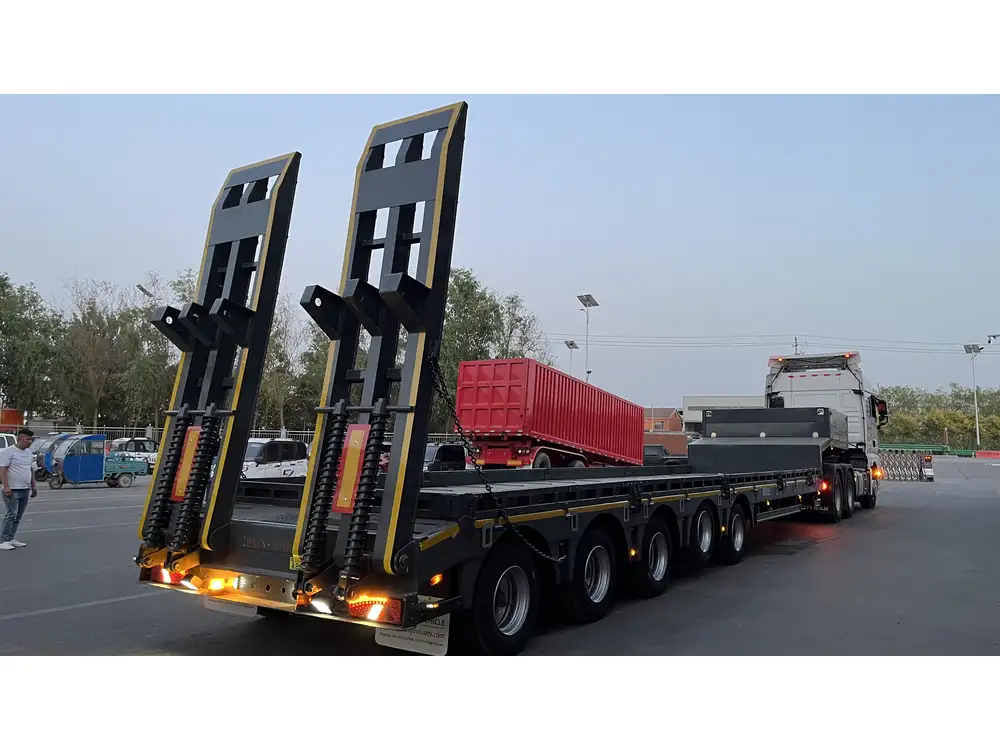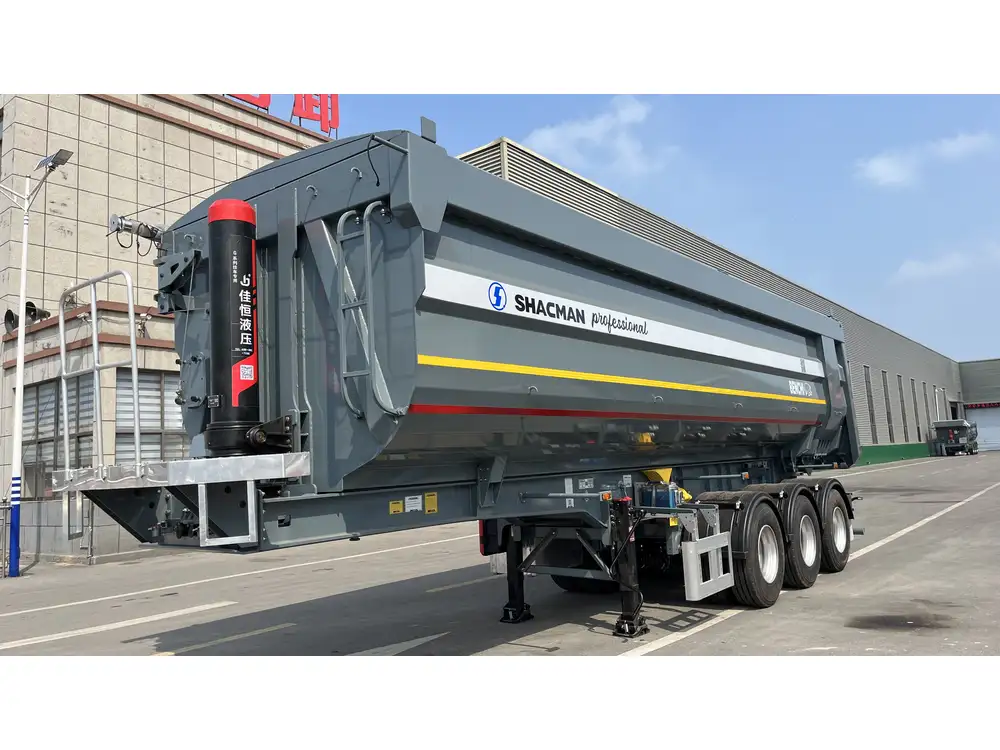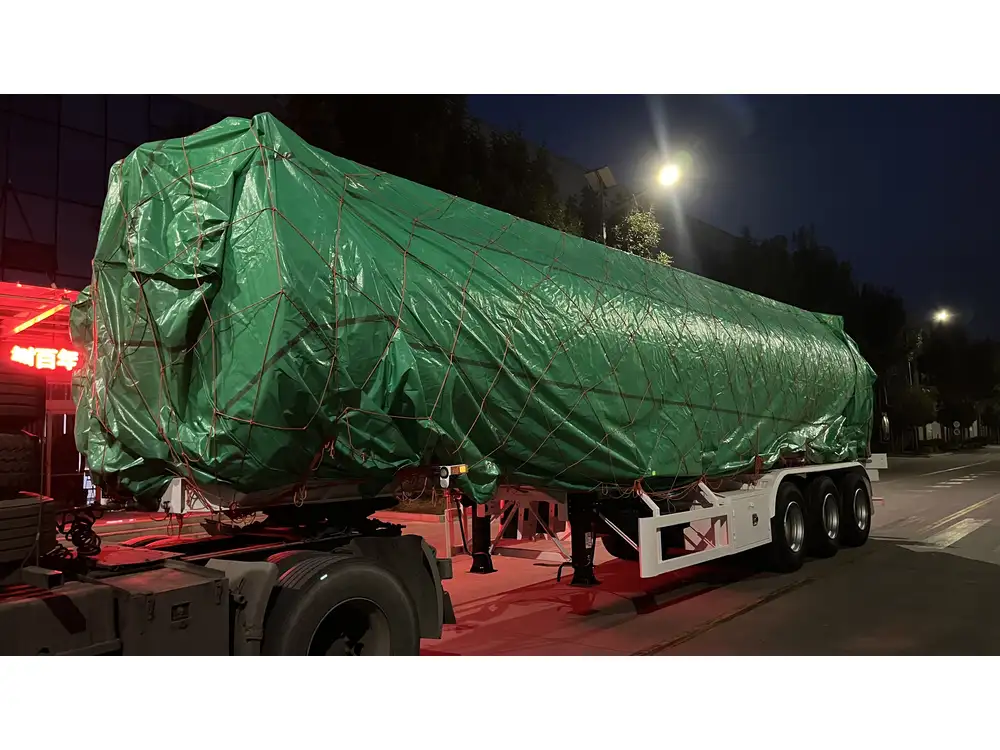When it comes to the trucking industry, one of the most frequently asked questions pertains to the dimensions of semi-trailers and trucks, especially the height of an 18-wheeler. This article delves into the intricacies of 18-wheeler dimensions, focusing primarily on their height, while also addressing related considerations such as regulations, cargo implications, and comparisons with other vehicles in the freight transport sector.
What Is an 18-Wheeler?
Before diving into specifics, let’s define what we mean by an “18-wheeler.” Essentially, an 18-wheeler is a large commercial truck that has three axles and a total of 18 wheels. This typically includes two wheels on each of the front axles and four on the rear axle of the tractor, combined with the wheels on the trailer. They are used widely for freight transport owing to their capacity and efficiency.
Key Specifications of an 18-Wheeler
| Feature | Description |
|---|---|
| Total Axles | 3 axles (2 front, 1 rear) |
| Total Wheels | 18 wheels (includes trailer) |
| Length | 70 to 80 feet (varies based on configuration) |
| Width | Up to 102 inches (most common maximum legal width) |
| Height | 13.5 to 14.5 feet (average range) |

How Tall Is an 18-Wheeler?
Average Height
The average height of an 18-wheeler typically falls between 13.5 to 14.5 feet. It’s essential to note that this height is contingent upon various factors including the type of trailer, cargo load, and tire size. Let’s break down the compromises and variations that can lead to these differences:
Standard Height (13.5 feet):
- Most Common Configuration: The majority of semi-trailers are designed to operate at this height to comply with most state regulations.
- Low-Profile Trailers: These include flatbeds and specialized trailers, which maintain a lower center of gravity.
Maximum Legal Height (14.5 feet):
- Hauling Taller Cargo: In scenarios where oversized loads are transported, specific permits may allow for configurations leading up to this maximum height.
- Adjustable Axle Heights: Suspension systems can adjust the height of loads slightly, impacting total vehicle height.
Factors Impacting Height
Various characteristics can contribute to the differences in height. Here’s a more detailed examination:
| Factors | Impact on Height |
|---|---|
| Trailer Type | Refrigerated trailers may be taller than flatbeds. |
| Cargo Type | Certain cargo (e.g., machinery) can elevate the total height. |
| Tire Size | Larger tires can increase overall height. |
| Suspension System | Air suspension can affect height adjustments during loading. |
| Accessories | Features like roof racks and container height can add additional inches. |

Legal Height Limits and Regulations
General Regulations
Across the United States, transportation regulations stipulate maximum legal heights to ensure safe travel, particularly under bridges, overpasses, and other structures. Here’s a breakdown:
- Federal Standards: Federally, the maximum legal height for commercial vehicles is 13.5 feet. Variations may occur at state levels.
- State Variances: Some states allow variations, leading to different height limits. Transporters often require an oversize load permit for height exceeding the state-defined limit (often around 14.5 feet).
Importance of Compliance
Maintaining legal heights helps prevent accidents, especially in areas with low-lying infrastructure, therefore:
- Safety Considerations: Overloading or improper adjustments can lead to accidents or damage to property.
- Financial Implications: Non-compliance can result in hefty fines and regulations that cause significant delays in transport schedules.

Height Comparisons: 18-Wheelers and Other Vehicles
Putting the height of 18-wheelers into perspective helps understand their role in transportation. Comparison with other common vehicles can illuminate their towering stature:
| Vehicle Type | Average Height |
|---|---|
| Standard Sedan | 4.5 to 5.5 feet |
| Full-Size SUV | 5.5 to 6.5 feet |
| Box Truck | 10 to 12 feet |
| Recreational Vehicle | 10 to 12 feet |
| 18-Wheeler | 13.5 to 14.5 feet |
Implications of Height in Freight Transportation
Understanding how height factors into transportation impacts multiple areas:
- Load Security: Higher loads might create stability issues that require heightened awareness during transport.
- Fuel Efficiency: The overall height and aerodynamics of the trailer can influence fuel efficiency and operational costs.
- Accessibility: Navigating under bridges or through locations with height restrictions necessitates strategic planning to avoid delays or accidents.
Impact of Height on Trailer Configuration

Types of Trailers and Their Heights
There exists an array of trailer types suited for different loads, each with specific height attributes:
Flatbed Trailers:
- Typically at 13.5 feet when empty.
- No sides or roof, facilitating loading and unloading.
Van Trailers:
- Standard heights around 13.5 feet.
- Enclosed design protects cargo from the elements.
Refrigerated Trailers (Reefers):
- Commonly at higher end, approaching 14.5 feet due to insulation and cooling features.
Strategic Height Management in Load Planning
- Planning Loads: Knowing the trailer height is crucial for selecting the proper route, assessing potential obstacles, and managing logistics efficiently.
- Height-Adjustable Trailers: Some configurations allow height adjustments for specific loads, further enhancing versatility.
Conclusion: Navigating the Logistics of 18-Wheeler Heights
In wrapping up, the height of an 18-wheeler is a vital aspect of logistics and transport that directly influences safety, compliance, and functionality within the freight industry. Understanding the typical height range of 13.5 to 14.5 feet alongside legal limitations and real-world applications equips drivers and logistics planners with necessary knowledge to navigate the highways effectively.

Key Takeaways:
- Compliance with Regulations: Ensuring the height of an 18-wheeler meets legal standards is crucial for safe transport.
- Influential Factors: Cargo type, trailer style, and additional accessories all contribute to the overall height.
- Strategic Planning: Understanding vehicle height helps in route planning and load management, enhancing operational efficiency.
Embracing the complexities and variegated heights of 18-wheelers can lead to improved safety, cost-efficiency, and ultimately, greater success in freight transportation today.



